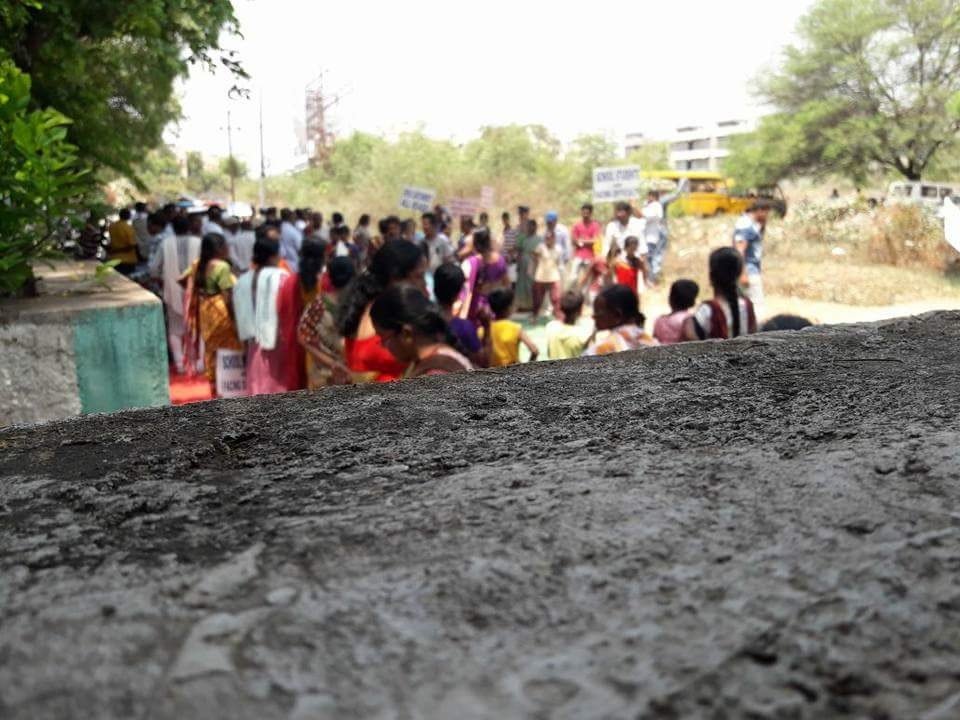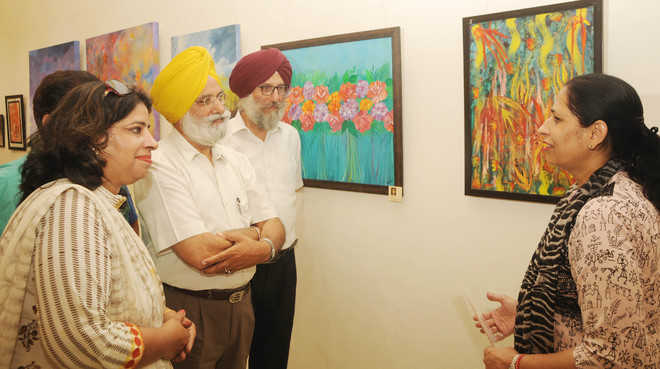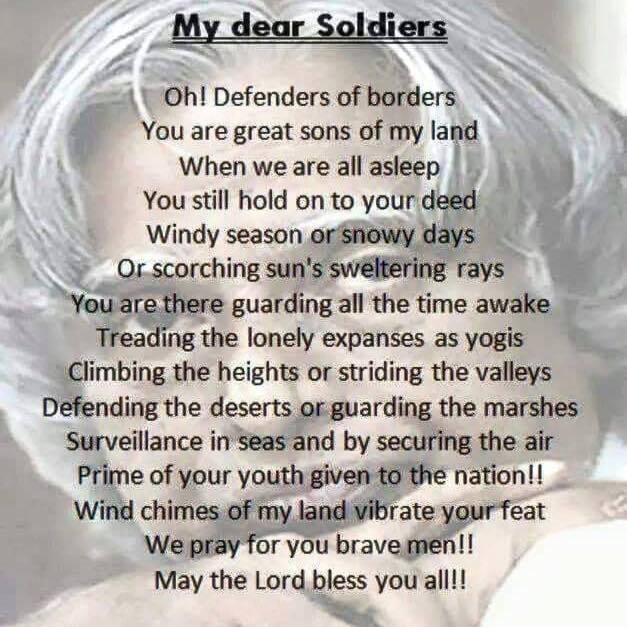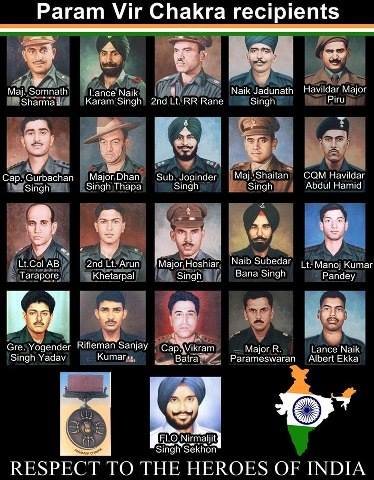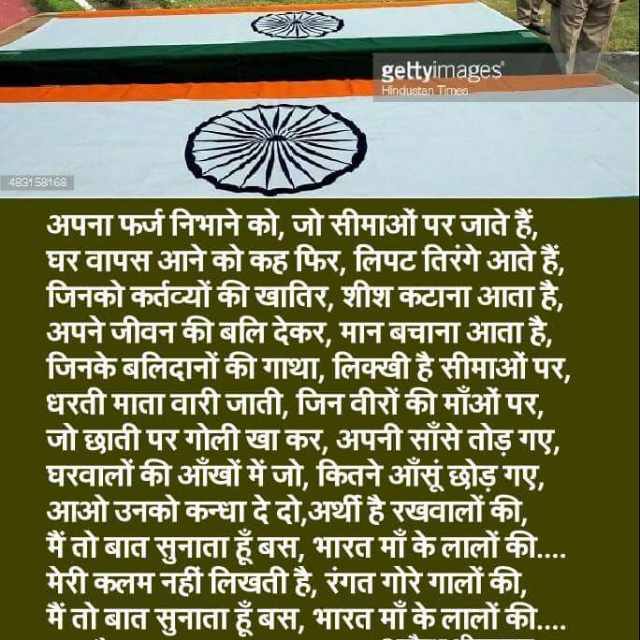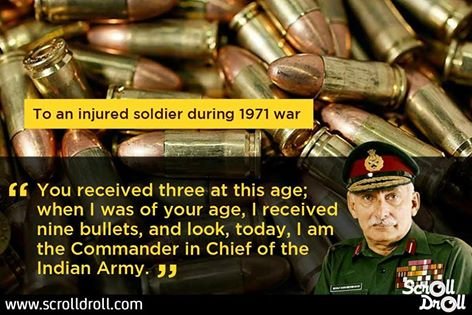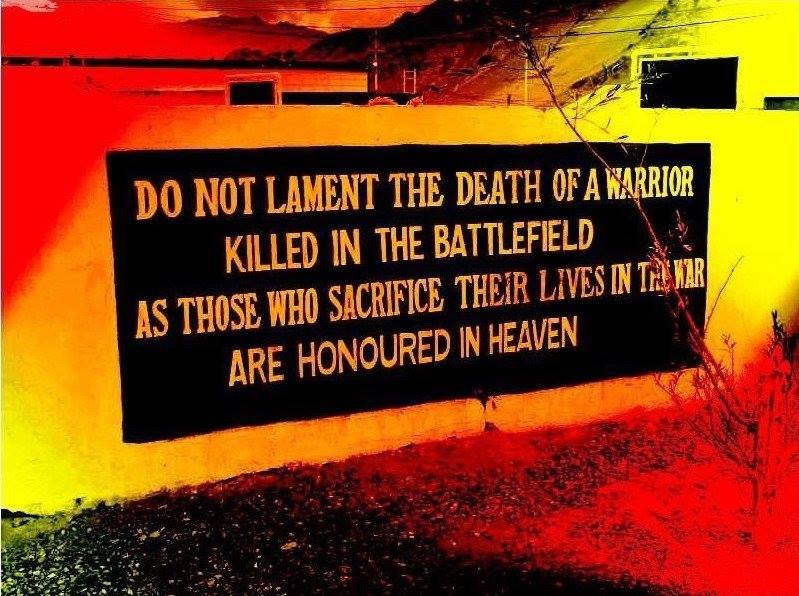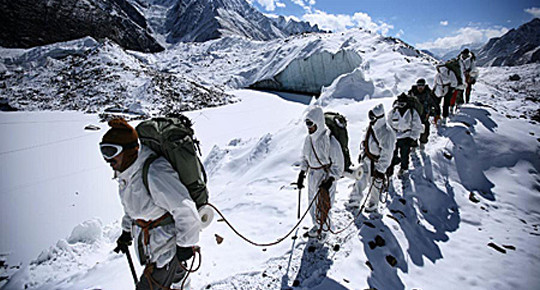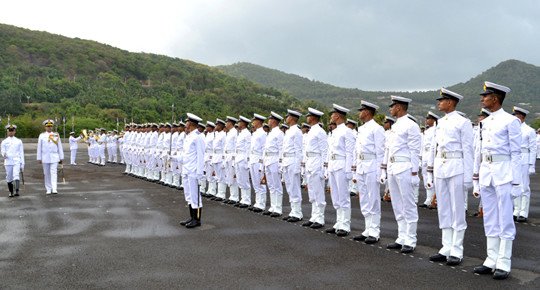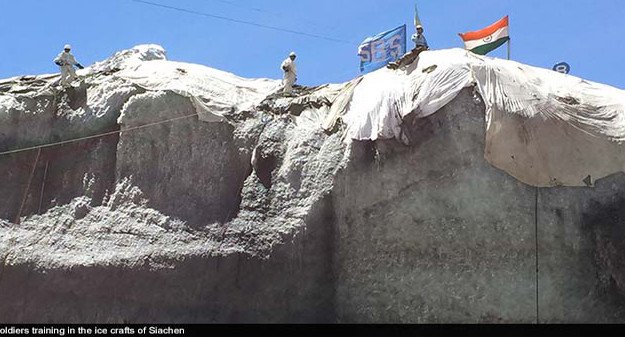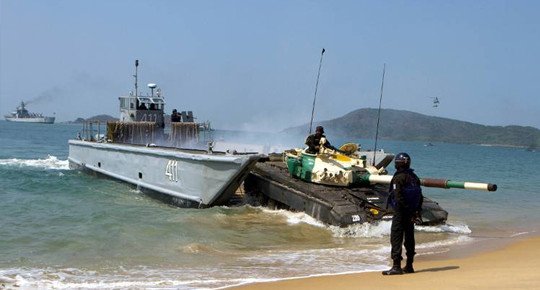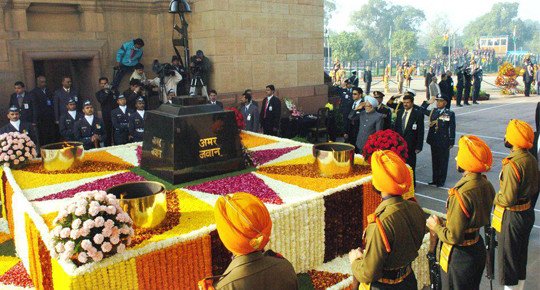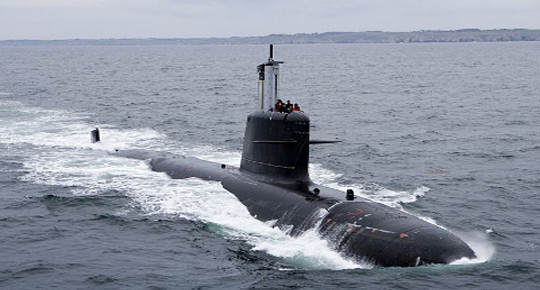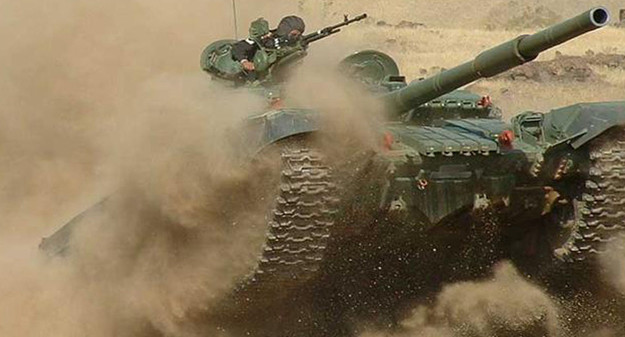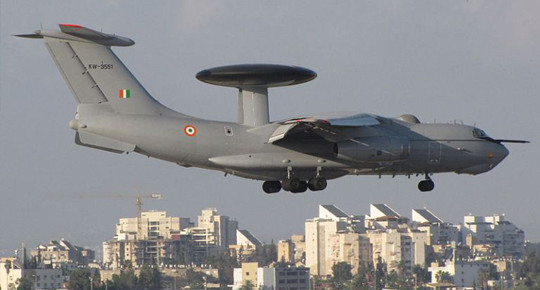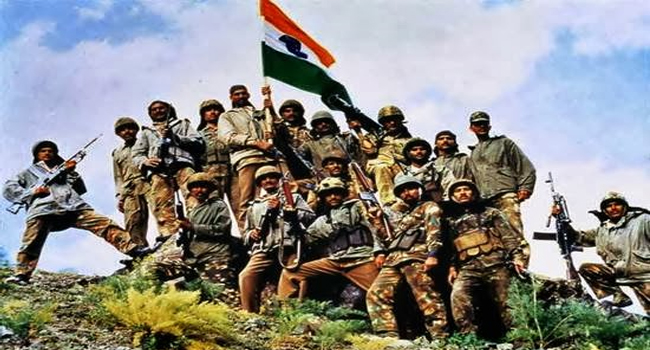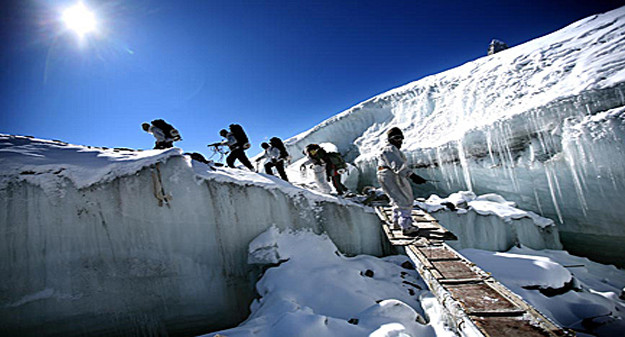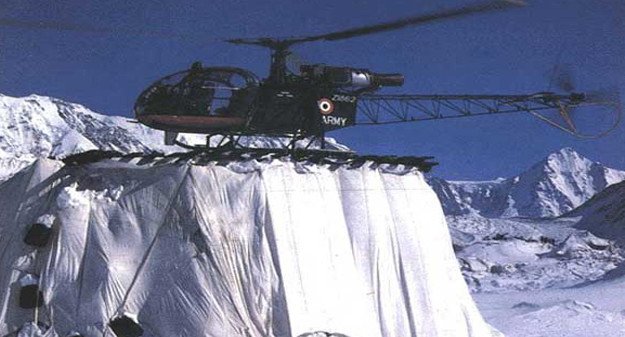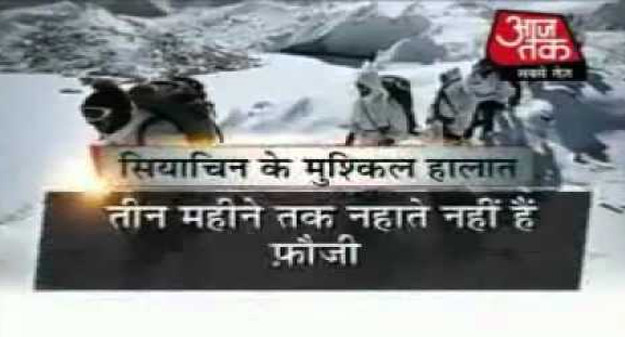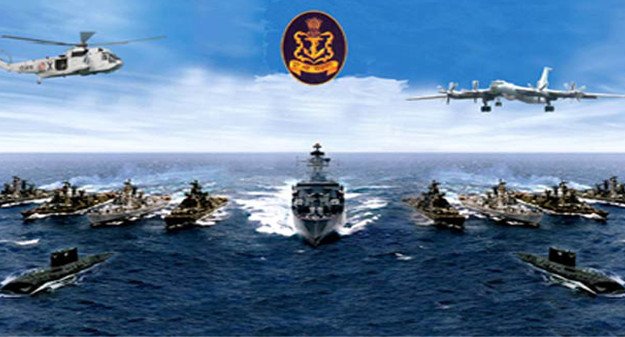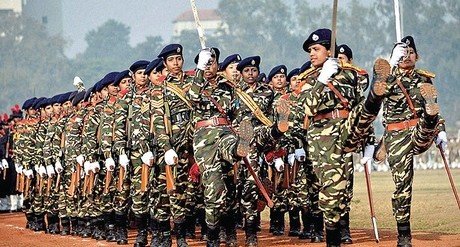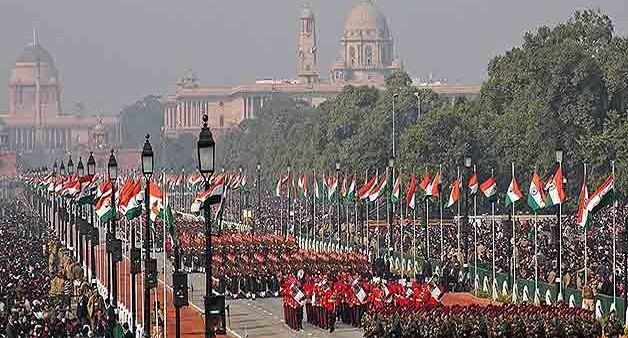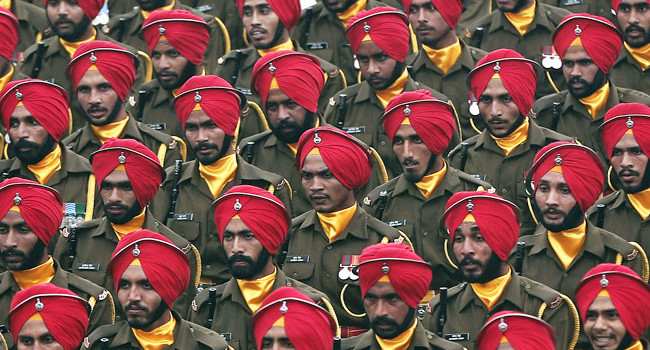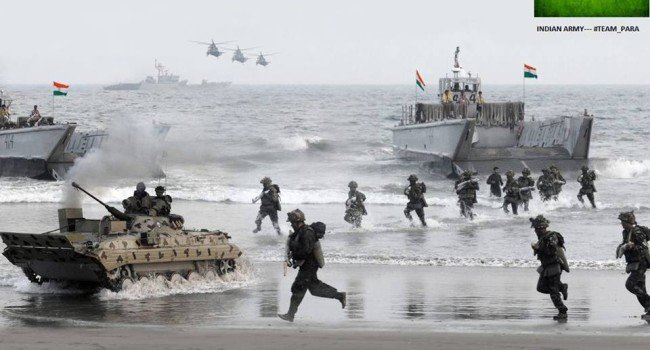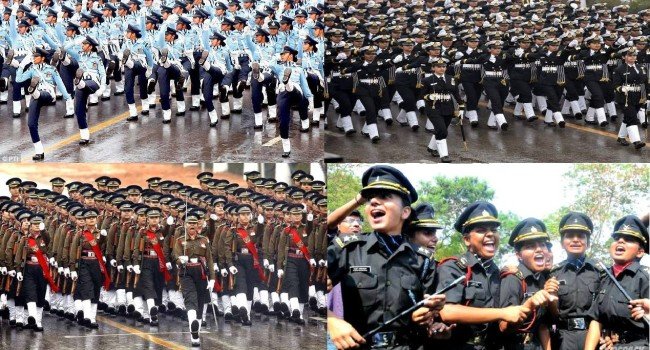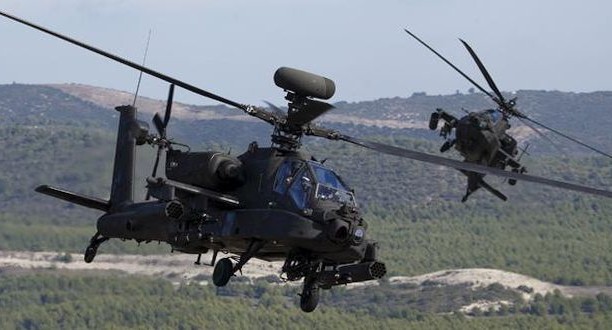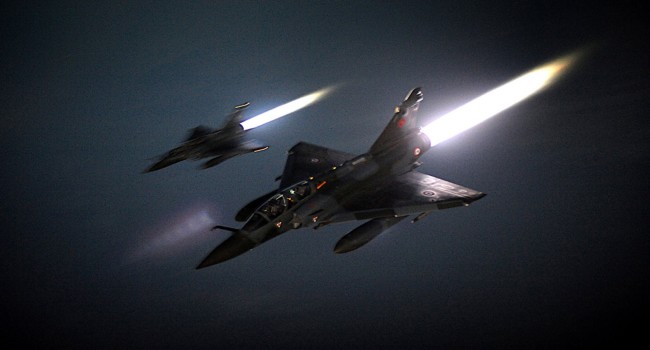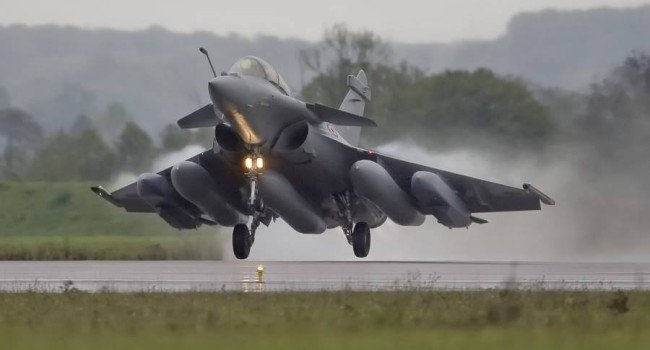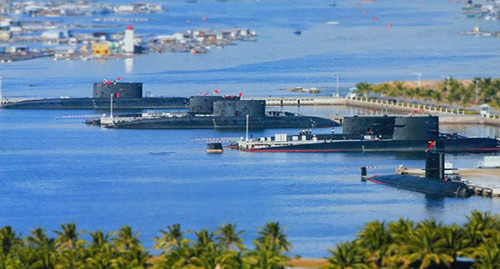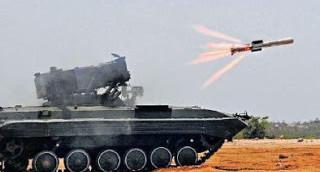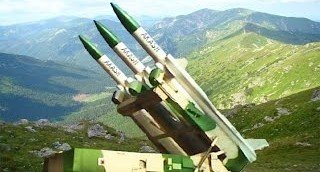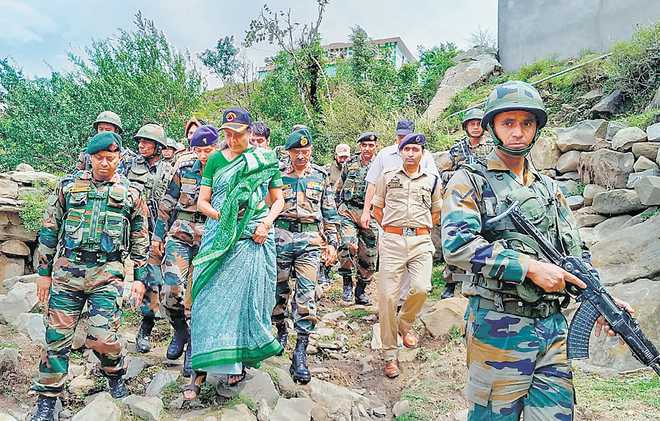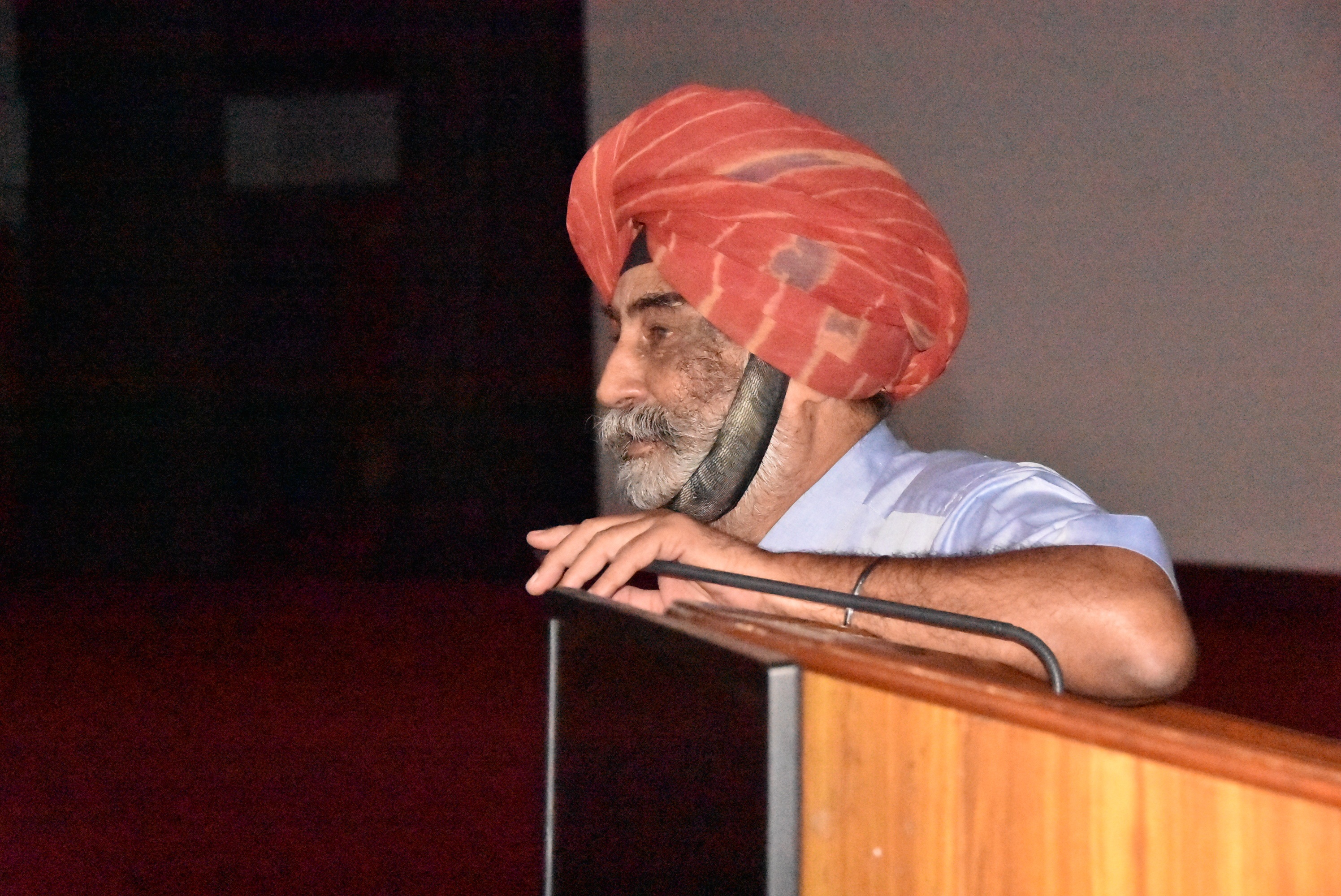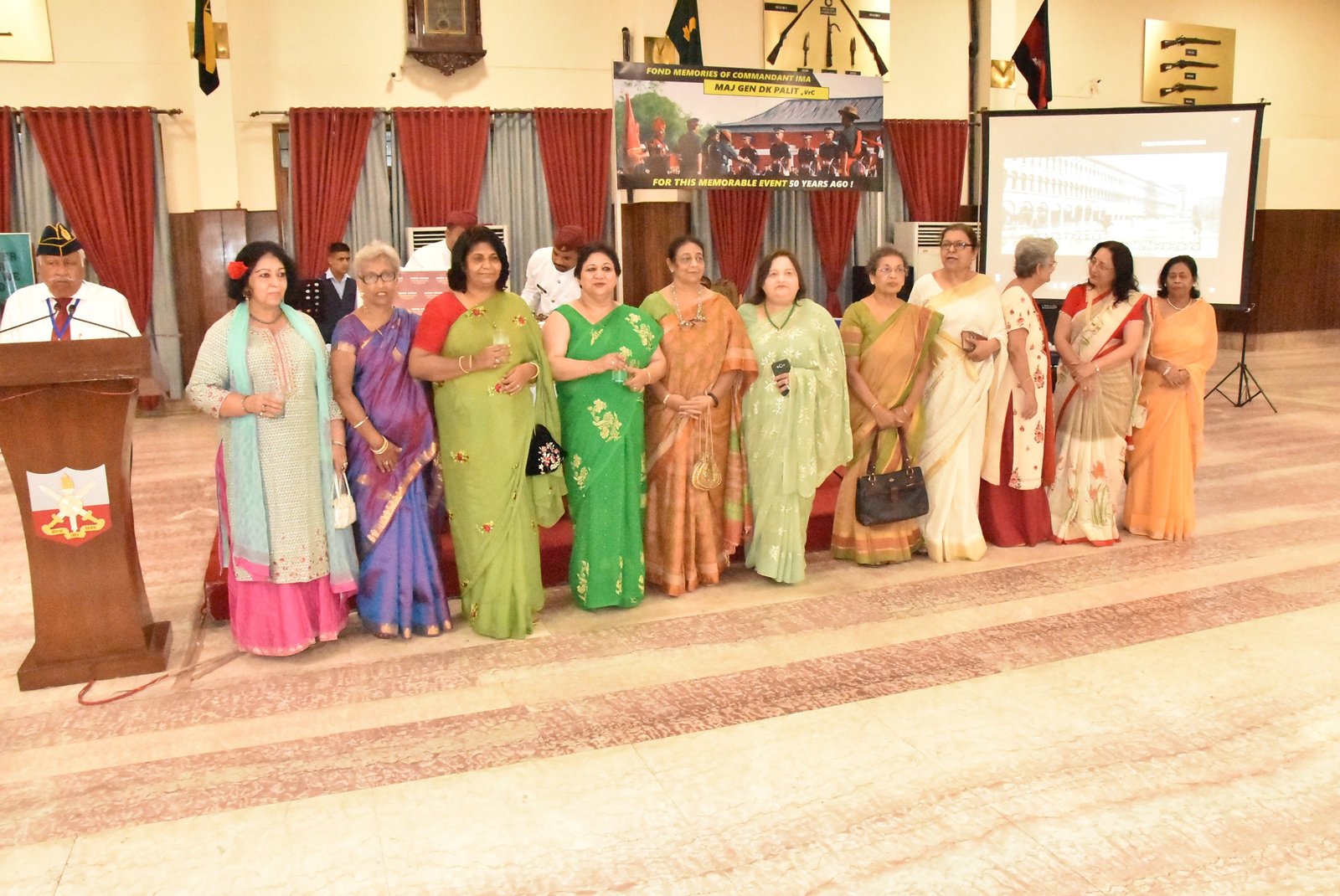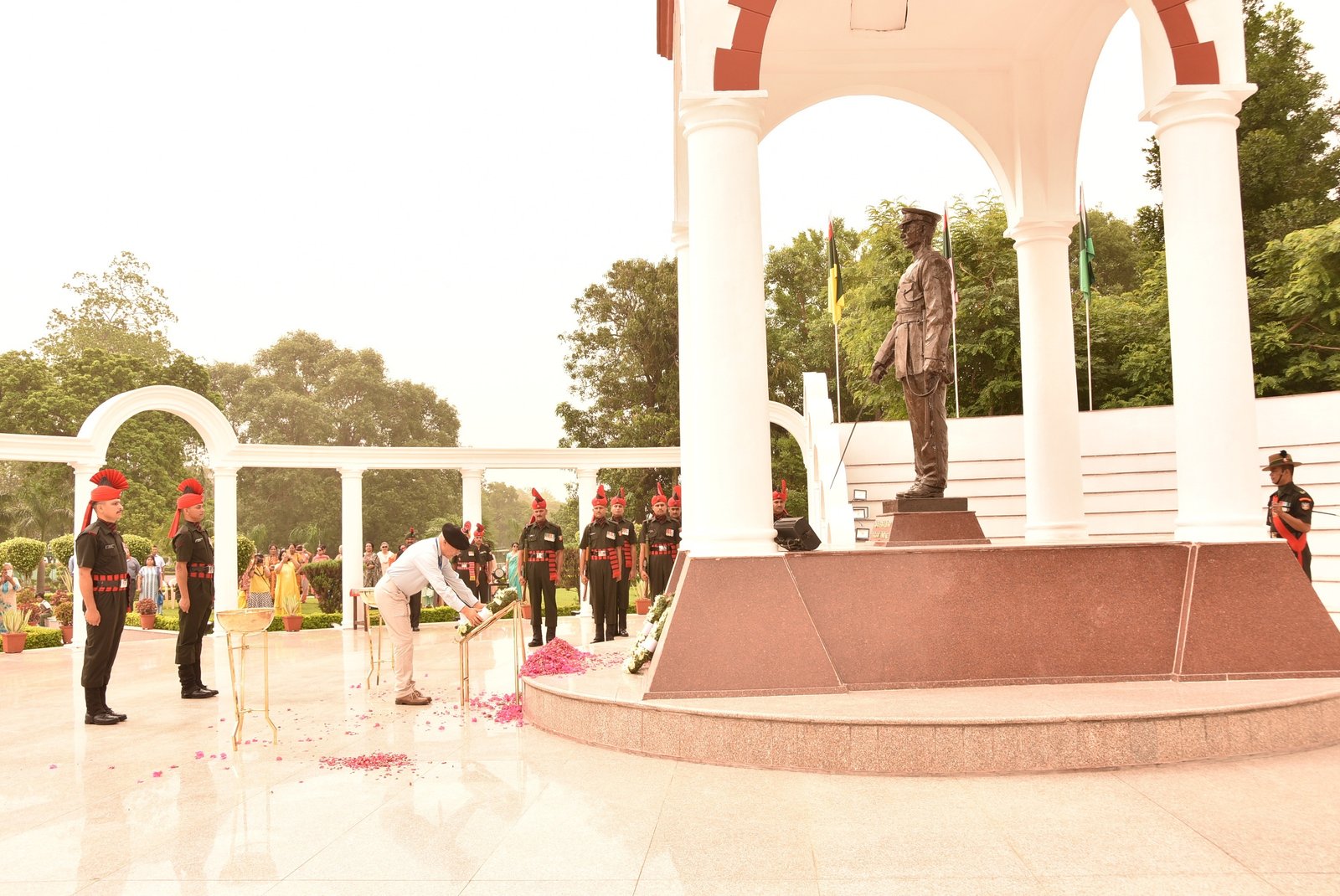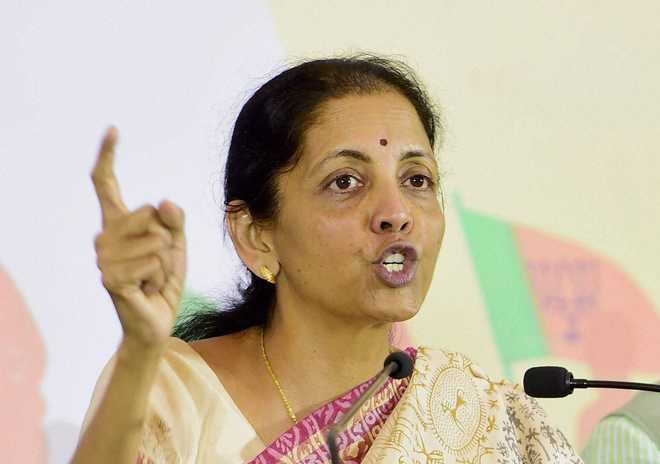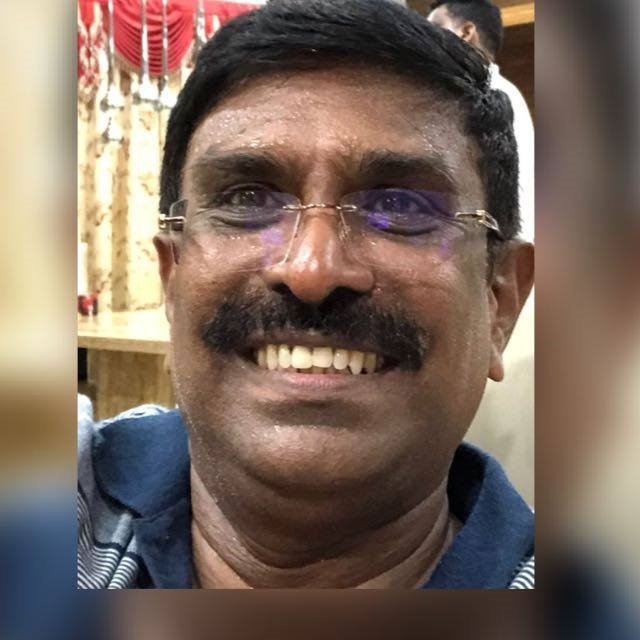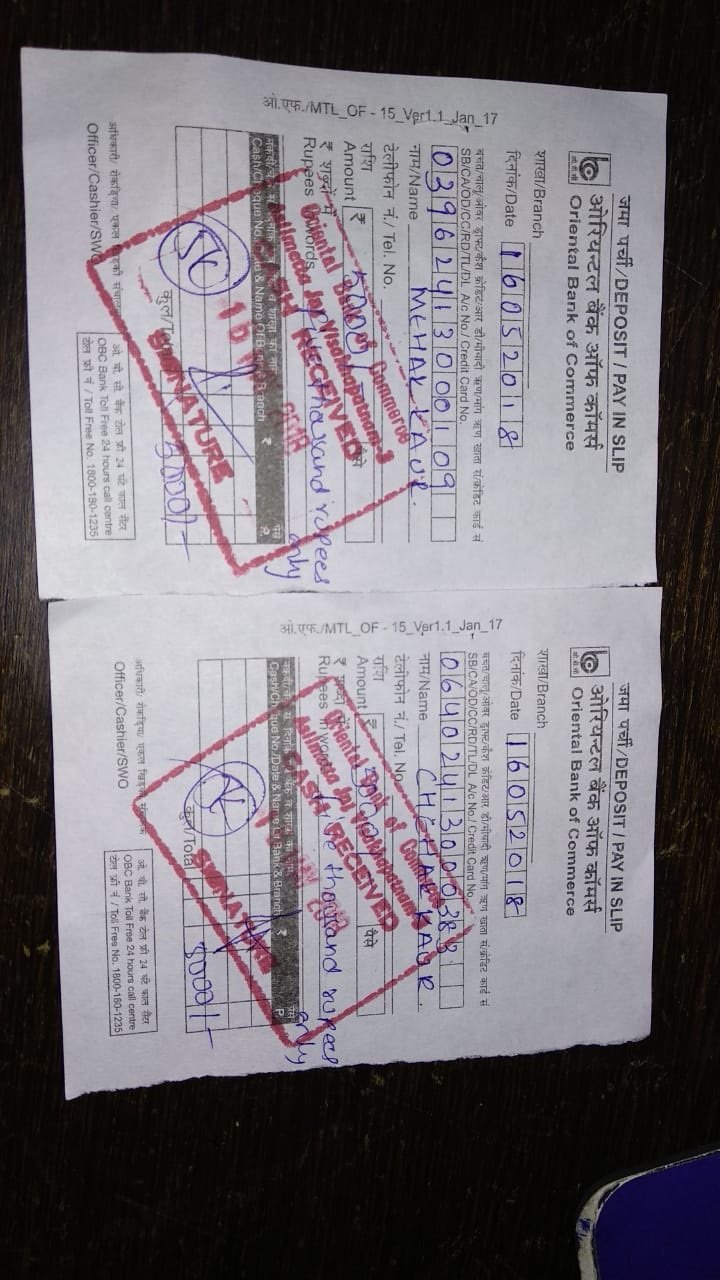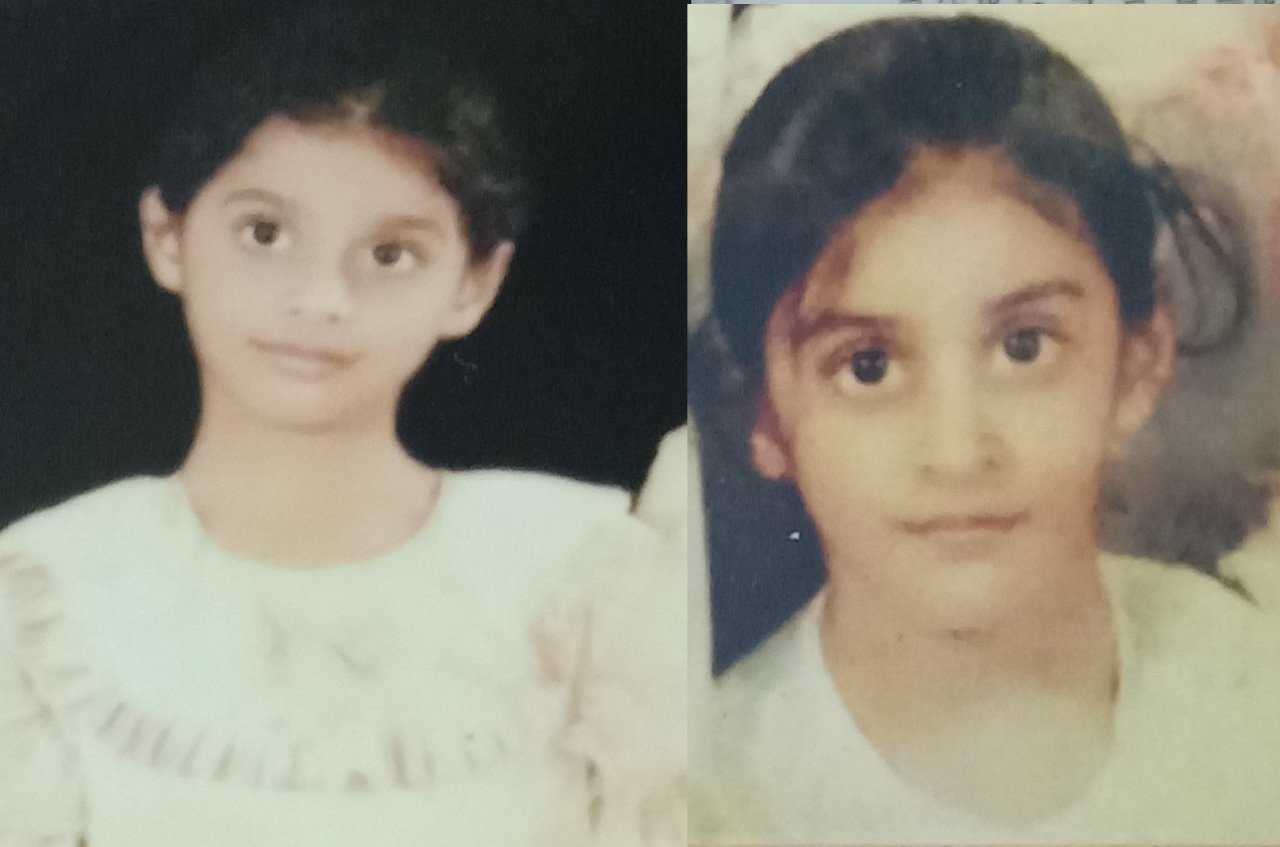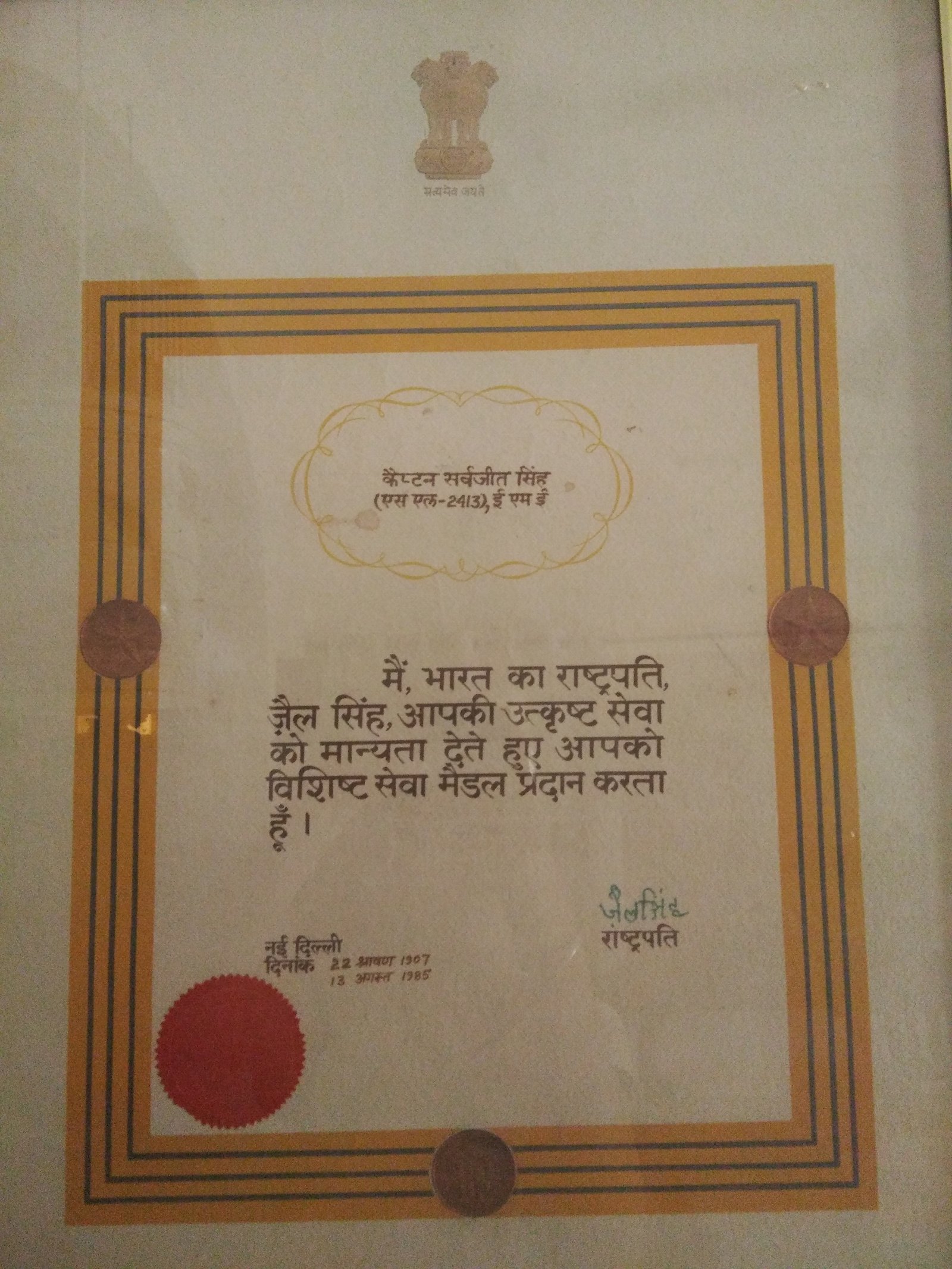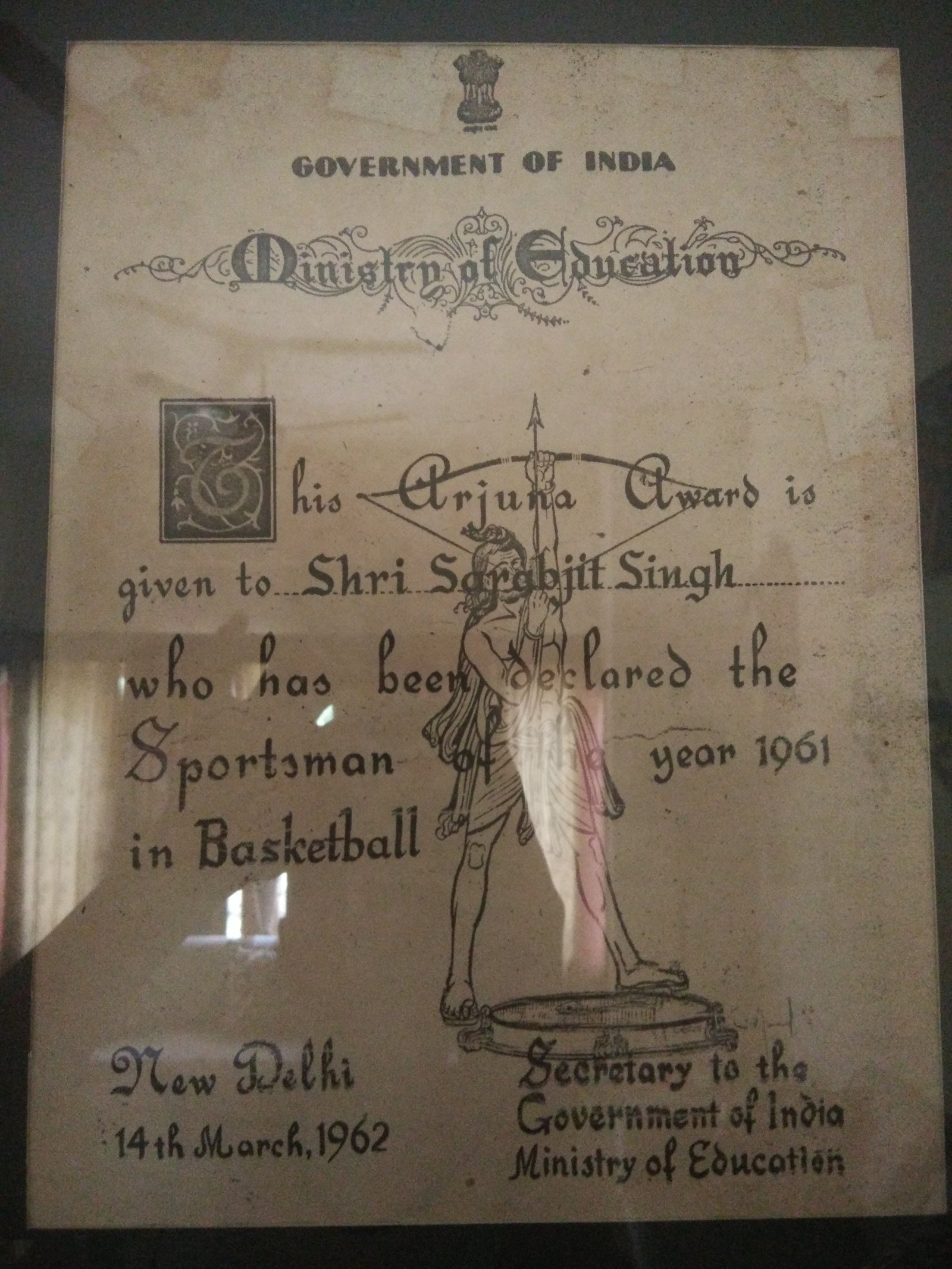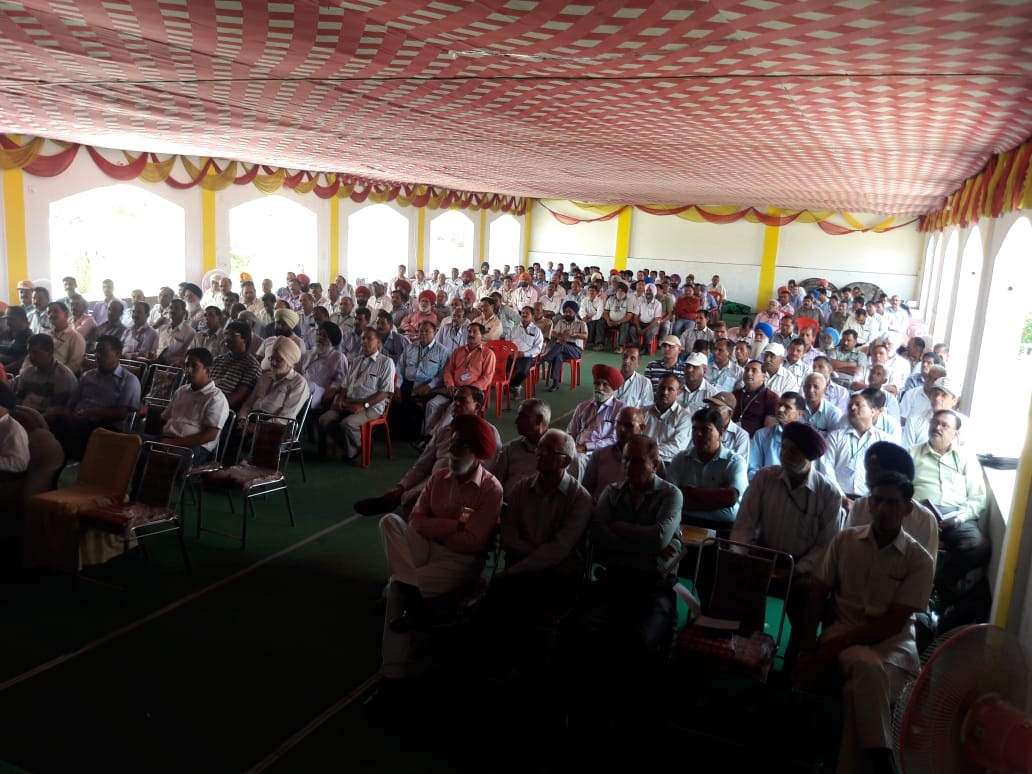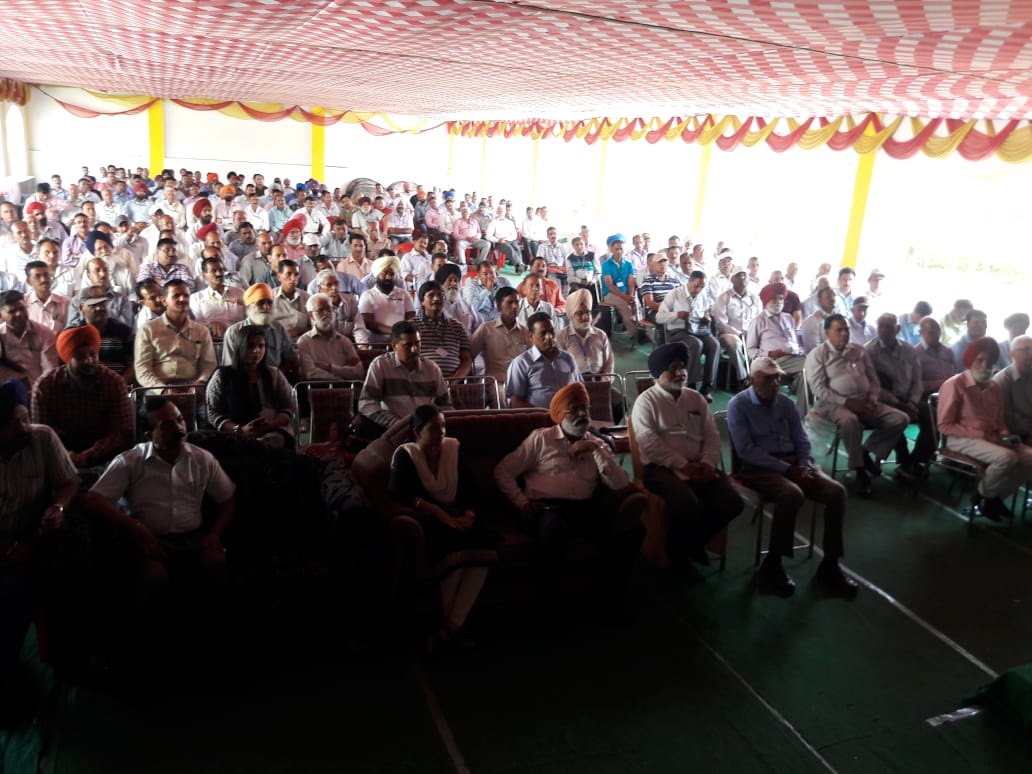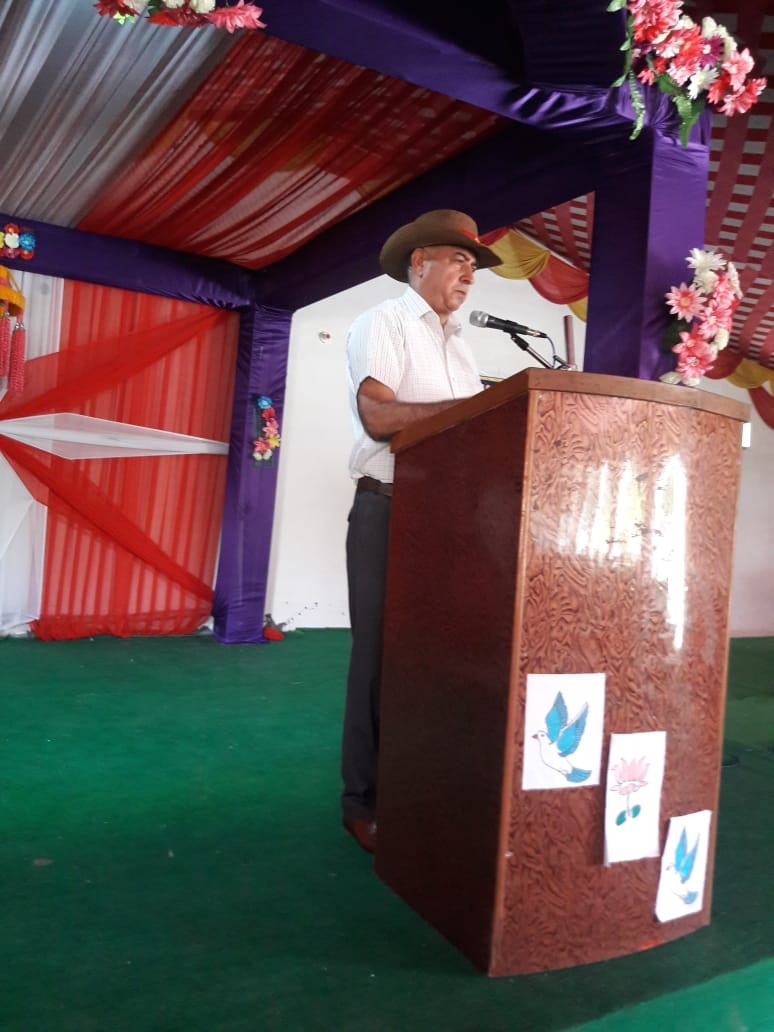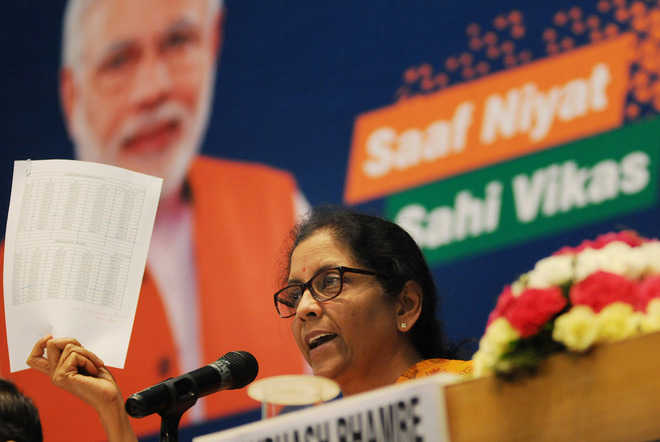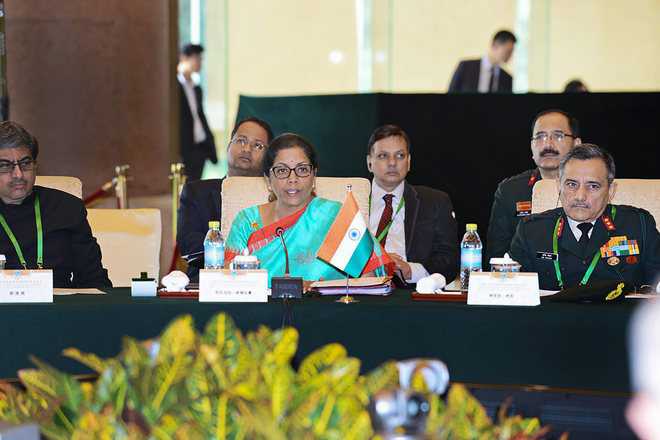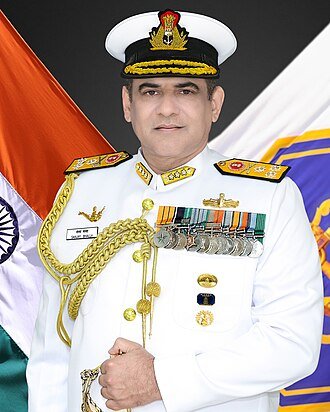With the MoD opening cantonment roads to the public, uncomfortable questions regarding the use of defence land once again arise.
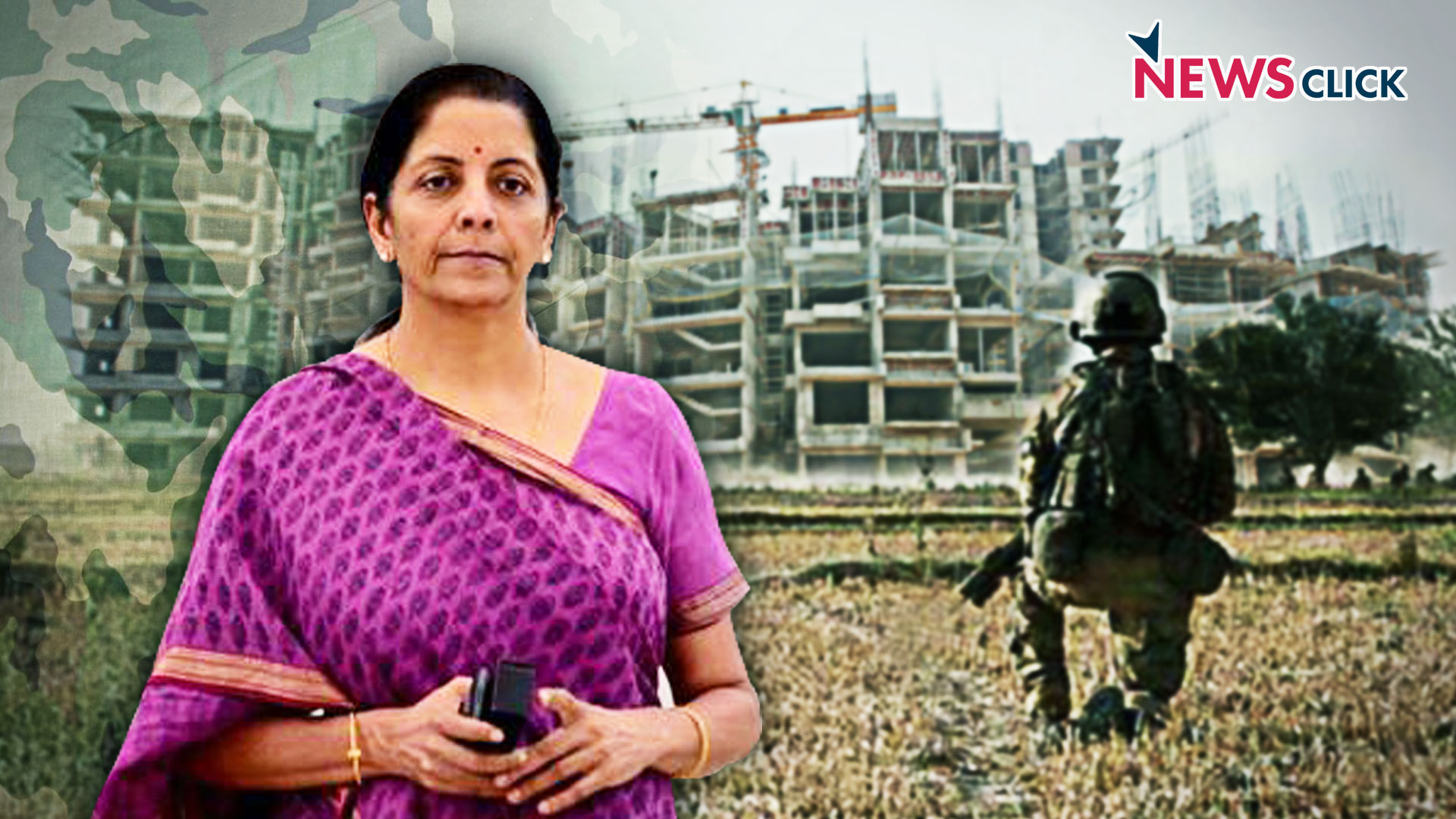
A series of tweets by Major Priyadarshi have raised rather troubling questions regarding the use of defence land. He has argued that the recent decision of the Ministry of Defence (MoD) to allow thoroughfare through roads in cantonment areas only serves the interests of the land mafia and a few individuals in the Director General of Defence Estates (DGDE). The official press release on May 28 regarding the decision cited reasons such as civilian access to army schools.
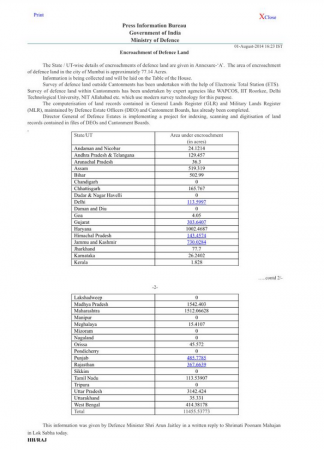
However, a rumour circulating in defence circles is that the present Defence Minister Nirmala Sitharaman and her husband possess a house in the cantonment area in Secunderbad. They also allegedly operate schools and commercial establishments in the area. It is also alleged that this influenced the decision to allow civilian access to the cantonment areas. The house and other interests in the cantonment area are allegedly not in either of their names.
Regarding the non-defence use of defence land, it has been documented in Supreme Court decisions as well as in CAG reports. As far back as in 2010, the Comptroller General of Defence Accounts (CGDA) had recommended disbanding the Directorate General of Defence Estates. The DGDE is the overseer of all real estate in cantonment areas and reports to the MoD. It is no secret that property in cantonment areas is not always in the hands of the defence establishment. This can arise for any number of reasons, such as a former serviceman bequeathing his house to his children. However, a 2013 Supreme Court decision has put to rest the status of such property.
The decision of the apex Court in 2013 concerned a house in Pune. The house had been built by a descendent of the present owner on land allotted to him by the Army for him to construct a house. The land was given on grant – meaning that he had a right to possess and reside upon it. However, the government retained absolute ownership of the property. The Supreme Court, in this case, laid down that the people residing in the property had rights to the extent of the structures that they built on it. However, the government could take back the property at any time after paying them due compensation for the house.
In 2013, the CAG took note of the improper management of defence land. The CAG found that inordinate delay in renewing leases led to non-realisation of revenue to the tune of Rs. 829.71 crore. In earlier reports, the CAG had taken note that defence land under occupation by other departments without any government sanction, the revenue due amounted to Rs. 8.63 crore. The report also mentioned that defence land under grant did not revert to the Defence Estates Officer (DEO), as it should have, when the purpose for which the grant was made, had ended. In Pune, land under grant to Willingdon Clubs did not revert back to the DEO when the clubs were closed. Instead the Local Military Authorities had, in one case, allowed a girls hostel to be constructed, and in another case, a shopping mall.
In 2014, the CAG once again reported unauthorised use of defence land. In this case, United Services Club, Mumbai had occupied defence land which resulted in a loss of Rs. 5.74 crore per annum. The value of the land occupied was Rs. 114.85 crore, and the rent paid by the club was Rs. 36,000 per annum. Therefore, it appears that there is a pattern to the misuse and unauthorised use of defence land.
In a written reply to Lok Sabha MP Poonam Mahajan in 2014, then Defence Minister Arun Jaitley admitted that around 11,455 acres of defence land had been encroached. Uttar Pradesh had the highest amount of land under encroachment – over 3,142 acres, while Maharashtra and Haryana came in second and third at around 1,512 and 1,002 acres respectively.
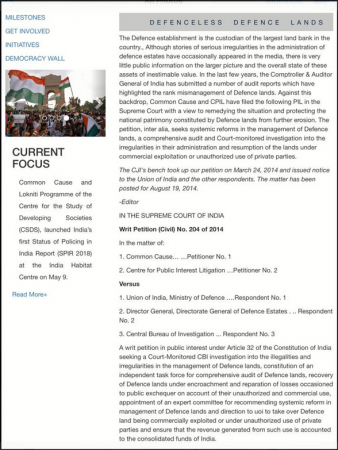
In 2014, Common Cause, an NGO based out of Delhi, along with Centre for Public Interest Litigation (CPIL), had filed a petition in the Supreme Court concerning the unauthorised use and encroachment of defence land. The petition alleged that “crass mismanagement of Defence lands is intrinsically linked to irregularities, illegalities and corruption”. The petition relied heavily on CAG reports, and is still sub judice. The last order passed by the Court was on August 25, 2017. In spite of the 2013 Supreme Court Order, as well as annual rebuke from the CAG, it appears that the vested interests in the MoD and the defence establishment have very thick skin.
NOTE
However, a rumor circulating in defence circles is that the present Defence Minister Nirmala Sitharaman and her husband possess a house in the cantonment area in Secunderbad. They also allegedly operate schools and commercial establishments in the area. It is also alleged that this influenced the decision to allow civilian access to the cantonment areas. The house and other interests in the cantonment area are allegedly not in either of their names.

